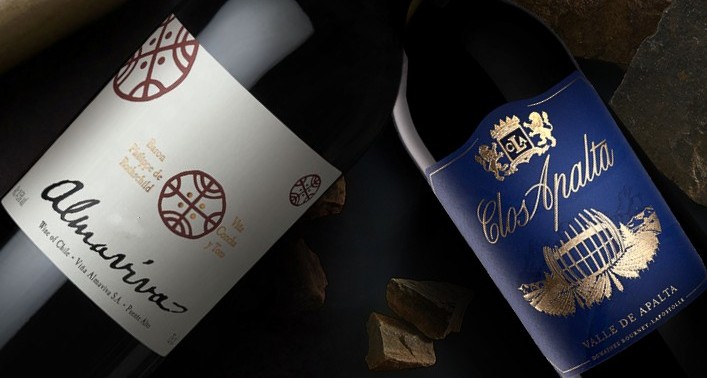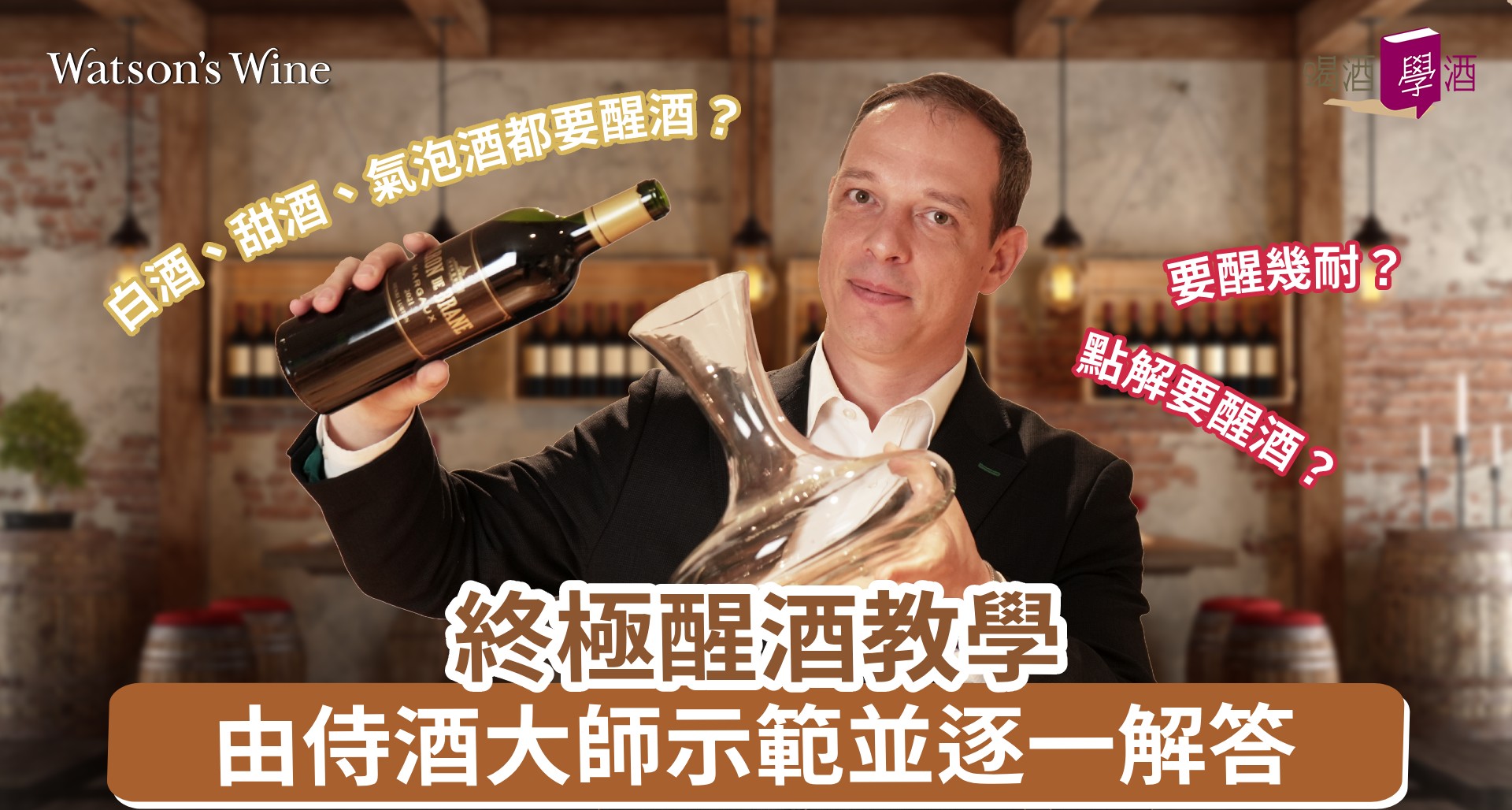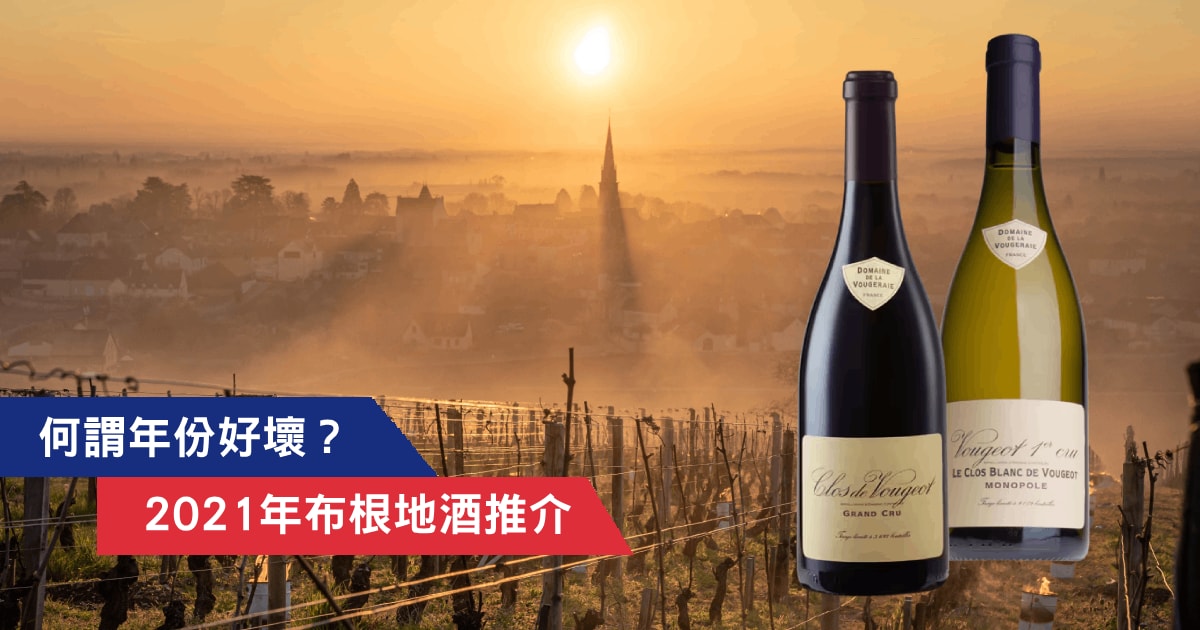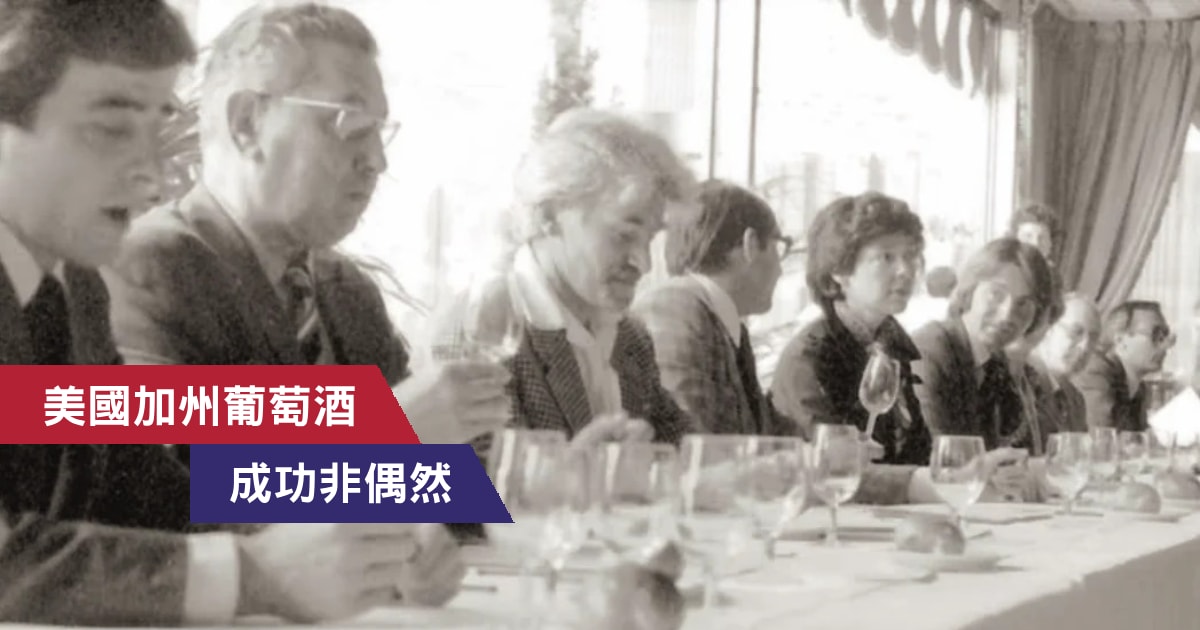Besides beer, Germany is also famous for producing white wine, especially Riesling. German Riesling wine has different classifications of sweetness, which is indicated on the wine label. Let’s learn about the classification to pick the suitable Riesling for yourself next time!
Germany’s Classification System

Under the Prädikatswein classification system, wines are catagorized based on the ripeness of grape when they are harvested: from Kabinett, Spätlese, Auslese, Beerenauslese to Trockenbeerenauslese. There is a special level Eiswein, which refers to ice wine. Later the harvest time, riper the grapes and higher the sugar contents, which enable higher potential alcohol/sweetness level wines to be made. Each category in the Prädikatswein system has their special styles and can be considered a usual indicator when pick wines!
1. Kabinett
Kabinett, literally means ‘cabinet’, is a German wine classification term that indicates that the wine is made from fully ripe grapes. Compared to other classified levels, like Spätlese or Auslese, Kabinett has a lighter body. It could be made in dry or off-dry style. The off-dry style will have an alcohol level between 8-9% abv whereas drier style can reach 12% abv. As Riesling usually produces wine with high acidity, which could balance with the residual sweetness in wine, perfect to go with spicy Thai cuisine.

2. Spätlese

Spätlese means ‘late harvest’. The timing of the grape harvest is a crucial factor affecting wine quality. Late harvest wines are made from grapes that are left on the vine for a period of time, even after they’ve reached their peak ripeness. When grapes are (quite literally) left hanging, they become sweeter over time as each individual grape dehydrates and the sugar content becomes more concentrated. When compared with Kabinett from the same region, Spätlese are generally more concentrated, riper and have more body; for the off-dry style, they are usually sweeter.
3. Auslese
Meaning “select harvest”, Auslese is made with selected, very ripe bunches of grapes, some of which are affected by noble rot. Compare with Kabinett and Spätlese, it is sweeter with much fuller body and tropical fruit flavours.

4. Beerenauslese (BA)

Beerenauslesen(BA) means ‘berry select harvest’. It is made from individually selected grapes that are over-ripe. As the level of noble rot varies among bunches, or even in the same bunch, so hand-harvest is necessary – which takes longer time and higher labour cost. Usually, these grapes are affected by noble rot, causing grape to become dried, concentrating their sugar and flavours. Wines made from Noble Rot grapes have distinctive honey, apricot, citrus zest and dried fruit aromas.
5. Trockenbeerenauslese (TBA)
Trockenbeerenauslese (TBA) means “dry berry select harvest” This very sweet dessert wine is made from individually selected shriveled grapes that have the highest sugar levels with flavours concentrated further by noble rot. Trockenbeerenauslesen rank among the greatest sweet wines in the world.
Both BA & TBA Riesling are great matches with desserts. Sweet Riesling is amazing with caramel, apple, peaches and cream, sweet desserts and pies. Let’s have a try next time!

6. Eiswein

Eiswein, which refers to wine made from grapes picked late in the year when they are literally freezing on the vine. As water will be frozen while the sugar will not, pressing the frozen grapes will extract the concentrated and sweet juice, which can later be made to sweet wines of great purity. But now due to global warming, the production of ice wine has been greatly affected and become a genuine rarity.


 Same Day Pick-up
Same Day Pick-up



















